
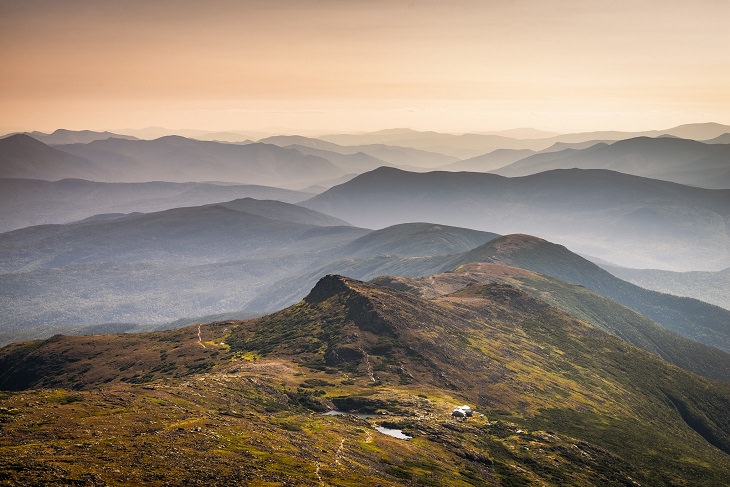
The tallest peak in the Northeast is no joke, but there are a number of ways up Mt. Washington for hikers of all abilities – and even a road and cog railway for those who wish to ride up and down. At 6,288 feet, the summit’s Mt. Washington Observatory holds the world record for the highest wind speed ever recorded in non-tropical conditions – 231 mph.
The 7.1 loop trail to the summit, via Tuckerman’s Ravine Trail, is steep, but the hard work is worth it thanks to the stunning views at the top. Alternatively, you can take the Ammonoosuc Ravine trail from the west side of the mountain – it’s a little longer but has a gentler incline. The hike can be done in a single day, with a stop at the peak for lunch at the café.
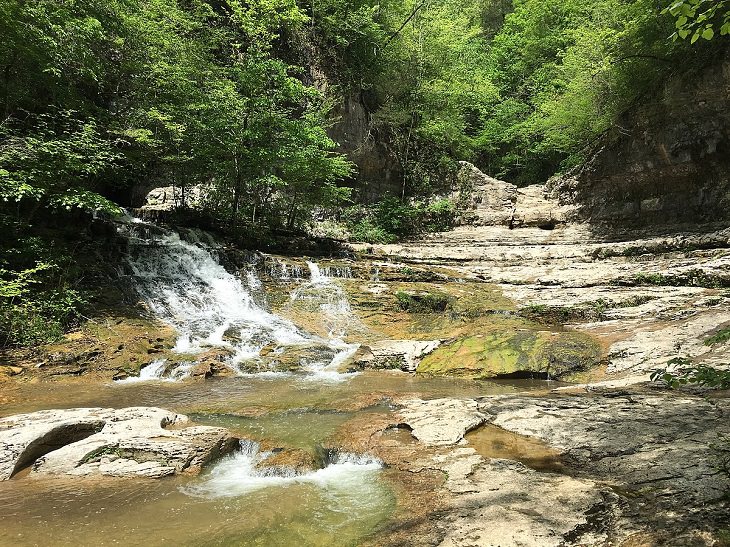
This 6 mile out and back trail located near Hytop, Alabama, features a waterfall and many caves and footbridges. The start of the hike takes you 1,000 feet to the canyon floor, where rocks form a natural amphitheater around a pool fed by numerous waterfalls and streams.
During the wet season, the trails can be treacherous, so it’s best to avoid if there’s been recent rainfall. Just upstream from the amphitheater is a camping area for those who wish to extend their stay.
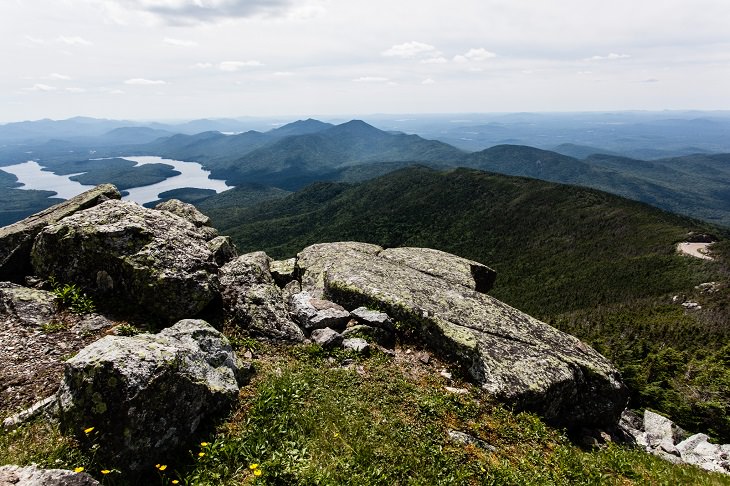
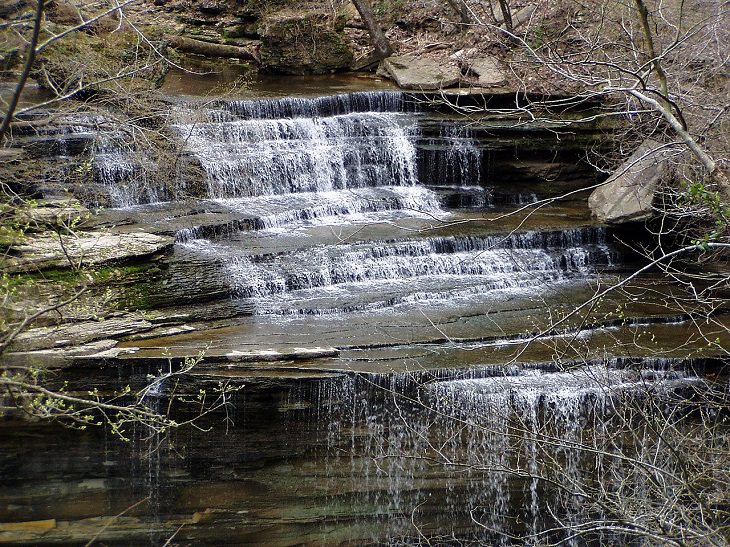
Three centuries ago, Clifty Creek carved out a spectacular canyon through the land near the Indiana-Kentucky border – the area which is now Clifty Falls State Park. The 5.7-mile trail follows the gorge, taking hikers past waterfalls of varying sizes. In the spring, the falls are at their strongest as melting snow increases the volume of water.
From May to October, hikers can walk, with the aid of a flashlight, through a 600-foot railroad tunnel – the rest of the year, the tunnel is closed to protect hibernating bats.

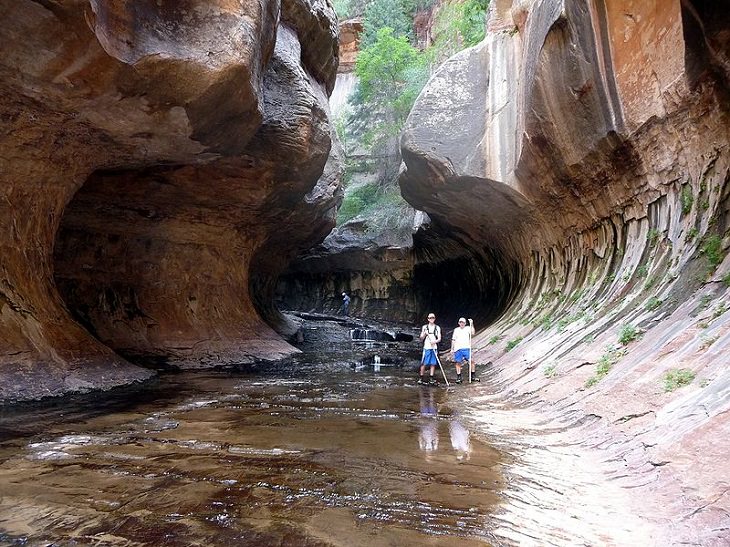
If you don’t mind getting wet, the famous Zion National Park trail is for you. The first mile of this trail is a paced riverside walk from the Temple of Sinawa. From there, the rest of the hike is in ankle-deep to mid-thigh deep water. The canyon varies in width as hikers move upstream for up to 16 miles.
For a trail highlight, hike the additional 1.5 miles from the end of the riverside walk to reach “Wall Street,” where the 2,000-foot vertical walls are a mere 20-30 feet apart.
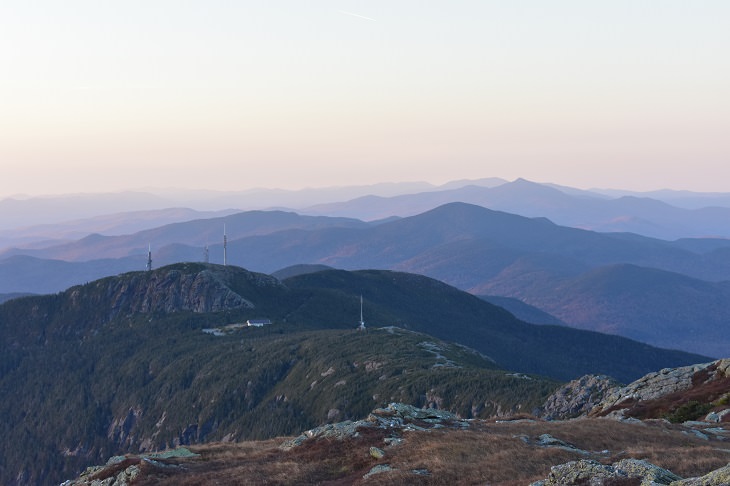
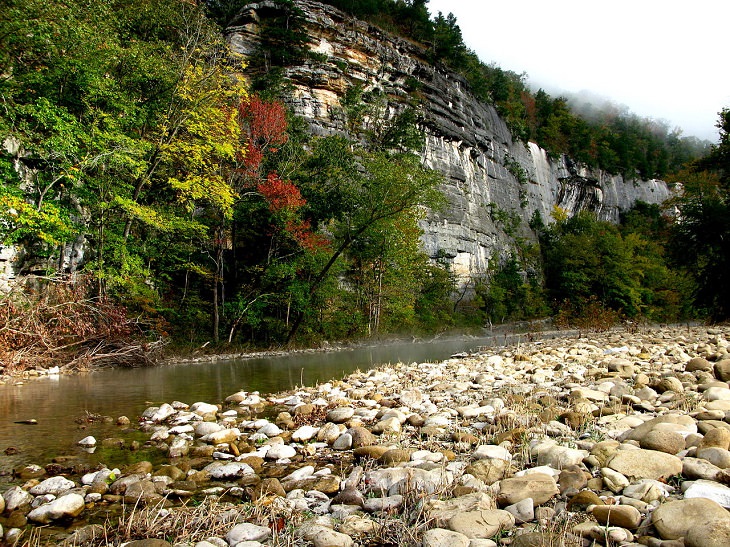
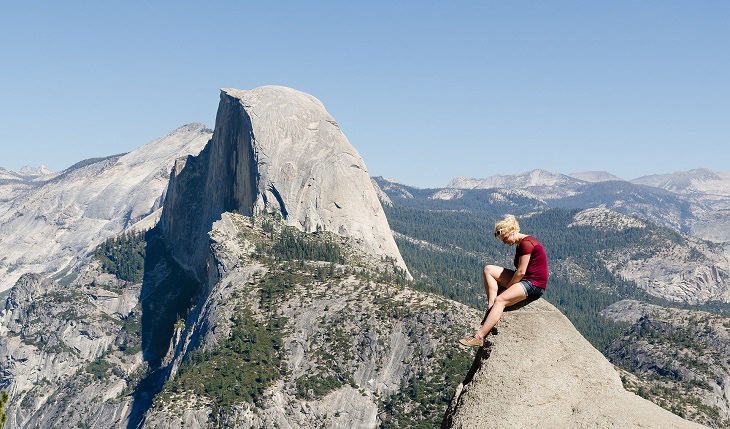
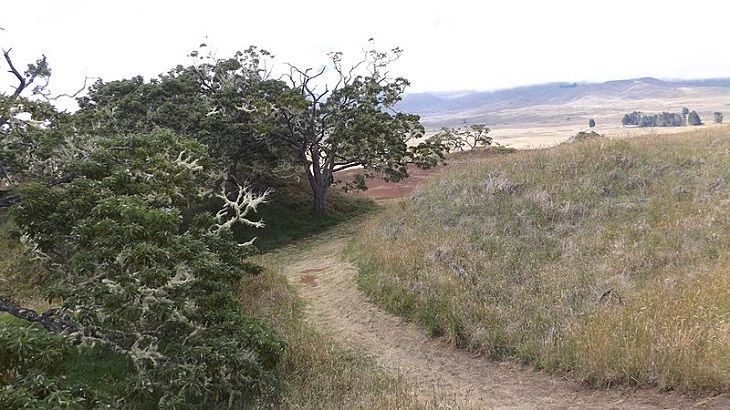
This 2.5 mile trail is a tour of the 1969-74 Mauna Ulu lava flow, and it offers stunning views of Mauna Kea and Mauna Loa from the Pu’u Huluhulu cone. The trail is dotted with lava trees, which were left behind when lava surrounded living trees and burned the wood away, leaving vertical columns when they cooled down.
Hikers that tackle this trail after dark are treated to views of lava erupting from the nearby Pu’u O’o vent.